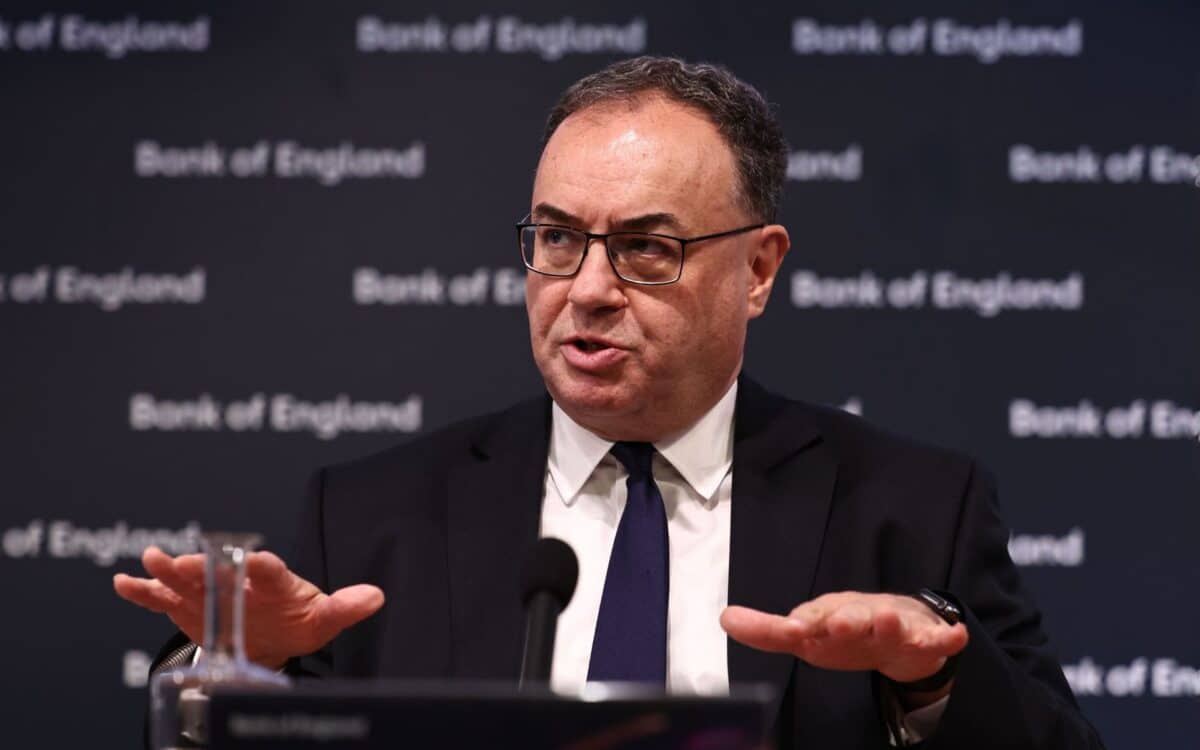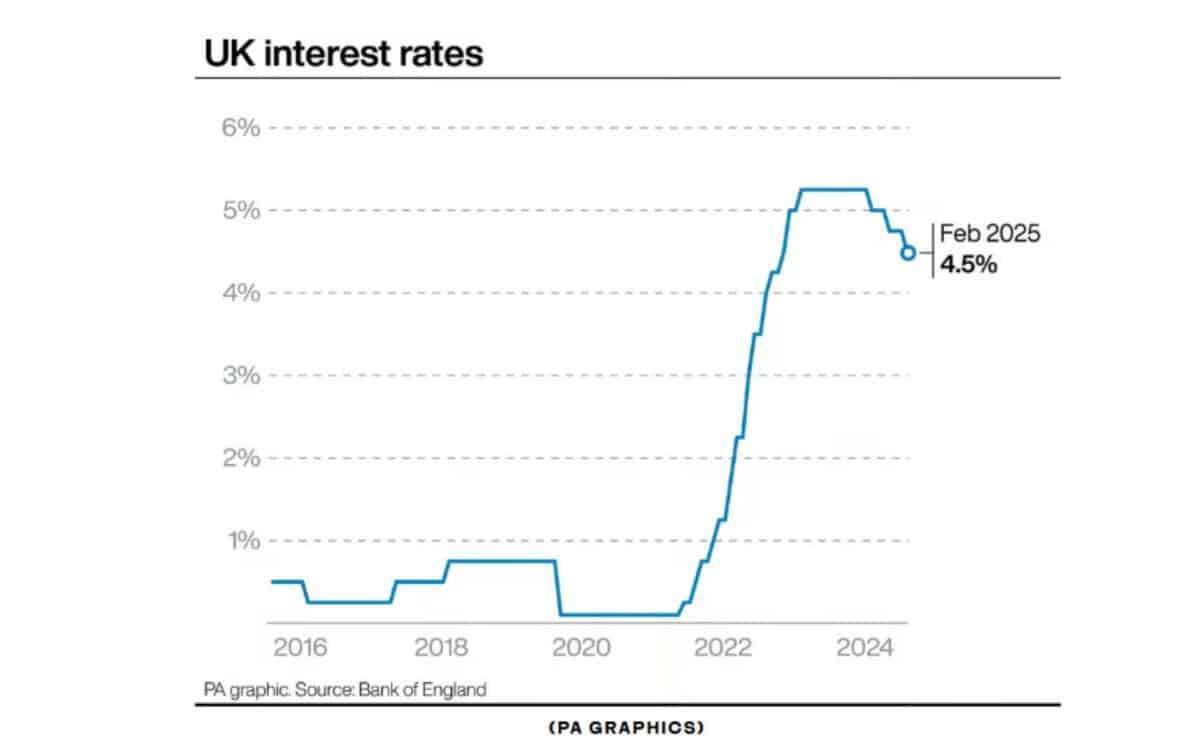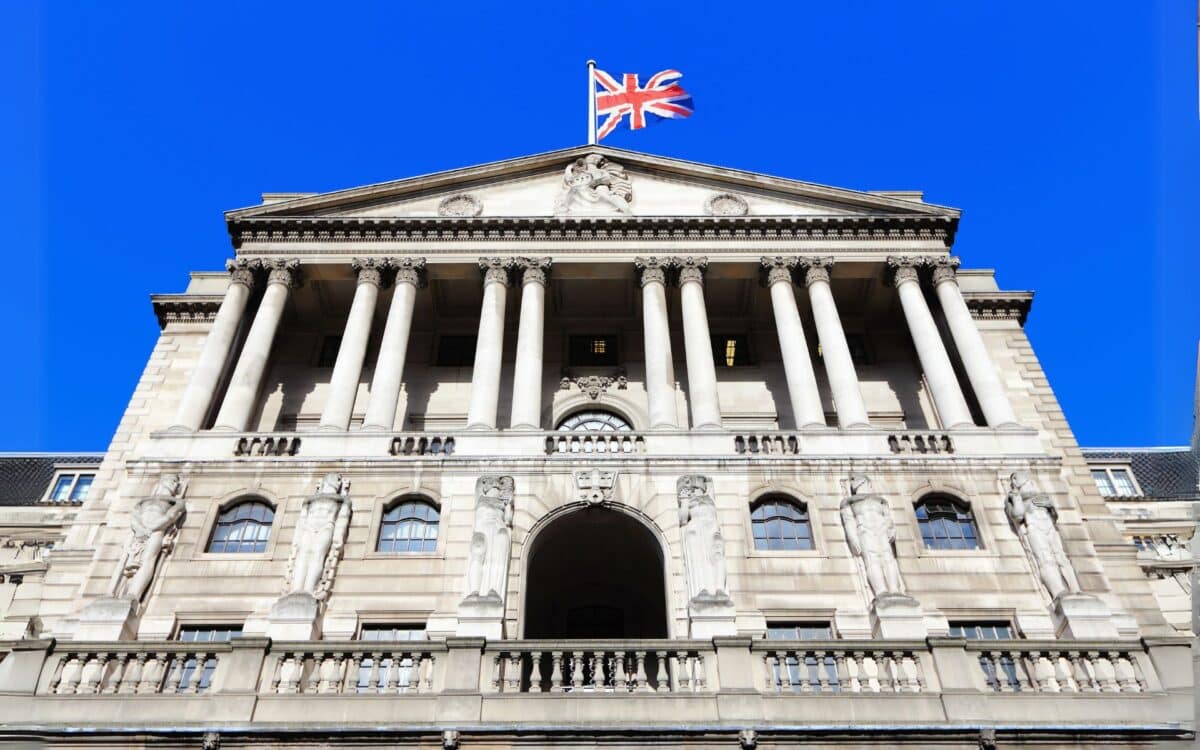The Bank of England has issued a warning about the potential risks of cutting interest rates too soon, following economic data that suggests inflation may persist longer than expected. Megan Greene, a member of the Monetary Policy Committee (MPC), emphasized the need for a cautious and measured approach to monetary policy, highlighting the uncertainty surrounding the UK’s economic growth.
Inflation Concerns and Economic Slowdown
Recent economic data has painted a complex picture of the UK economy. While inflation had been steadily declining towards the Bank of England’s 2% target, recent forecasts suggest it could climb to around 3.7% by late summer 2025. This is partly driven by rising energy costs and other supply-side constraints.
At the same time, the central bank’s latest projections indicate that economic growth is expected to slow down significantly, with GDP growth estimated to be only half as fast as previously expected for 2025. These developments have prompted policymakers to adopt a more cautious stance on reducing interest rates.
Calls for a Cautious Approach
Speaking at the Institute of Directors, Megan Greene echoed Governor Andrew Bailey‘s stance that while the overall trend of falling inflation remains intact, policymakers should proceed carefully. She warned that inflation persistence will not “fade on its own accord” and that the central bank must avoid cutting rates too aggressively, which could lead to inflation becoming embedded in the economy.

She also highlighted a key uncertainty : whether weak economic growth is driven more by falling demand or by supply-side constraints. If demand is the primary issue, then further interest rate cuts could help stimulate economic activity.
However, if supply limitations—such as labor shortages or supply chain disruptions—are the main cause, reducing interest rates could exacerbate domestic wage and price pressures.
Diverging views within the Monetary Policy Committee
Greene’s stance contrasts with that of fellow MPC member Catherine Mann, who recently voted for a larger half-point rate cut. Mann argued that slowing labor market growth would act as a natural check on inflation, supporting the case for more aggressive monetary easing.

This division within the Bank of England’s rate-setting committee reflects the complexity of the current economic situation. Some policymakers believe that a softer job market will help contain inflation, while others, including Greene, caution that structural supply issues could keep prices high despite slowing demand.
Balancing economic risks
The central bank’s challenge lies in balancing economic growth with inflation control. Cutting rates too soon could risk undoing progress made in bringing inflation down, while keeping rates too high for too long might further stagnate economic activity.
For now, the Bank of England is expected to maintain a gradual and data-driven approach to monetary policy. The next policy decisions will likely depend on incoming inflation data, wage growth trends, and broader economic indicators, as officials navigate the delicate task of stabilizing the economy without reigniting inflation.
With uncertainty persisting, financial markets and businesses will be closely watching the central bank’s next moves, as they weigh the potential impact of interest rate policies on investment, borrowing, and economic growth in the coming months.
his article has been republished from the following materials. For further information, please contact the cited source.









